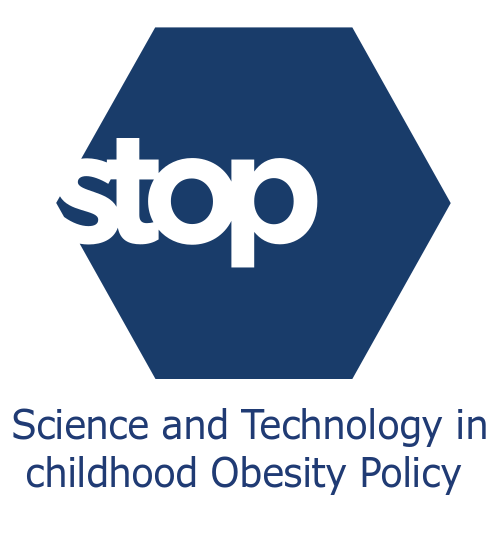To strengthen interdisciplinary research and foster participatory and inclusive multi-actor approaches, STOP engages with different stakeholder groups in a systematic way. The aim of this engagement is to build a space in which multiple stakeholders could work together towards the common aim of improving children’s food and physical activity environment. Multi-stakeholder engagement has a number of benefits, including enabling groups from different backgrounds to share their knowledge and expertise towards a common goal; ensuing participation equity among different sectors; and can lead to the establishment of new partnerships and networks. To ensure the most positive outcome from different engagement processes, we identified three central mechanisms, based on preliminary literature research, that need to be considered by researchers when trying to engage a variety of stakeholder groups.
First, we need to actively engage stakeholders early and across the different phases of the research project. Second, we need to focus on the relationship between the different stakeholder groups, including at individual, community and societal levels. It is essential to establish collaborative and sustained relationships between citizens, policymakers, health professionals and researchers. Third, there needs to be early and close engagement of the stakeholders with the decision makers, while considering power different between and across groups. This will help understand the overall decision-making environment.

